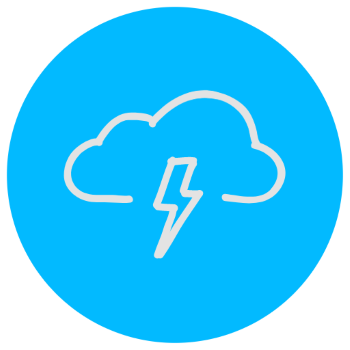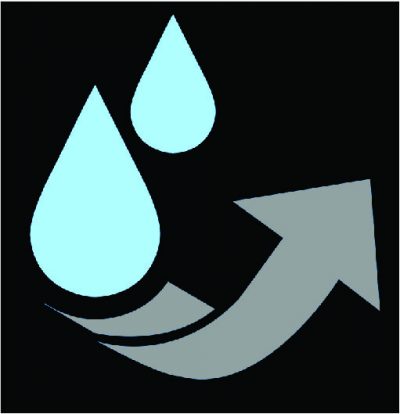Guest Post By Nicholas Smith of Raftelis
A new fiscal year typically means new water and wastewater rates for utilities in Florida. Florida utilities have long relied upon small and predictable annual rate increases to ensure their rates are sufficient to cover the cost to serve their customers. In setting rates, Florida utilities have always depended on careful financial analysis. Although COVID-19 has complicated this norm — Florida utilities can still proceed with rate changes, but it is best to proceed with some enhanced strategy. With universally high unemployment rates and utility governing bodies more concerned about affordability than ever, research by Raftelis shows utilities are moving ahead with rate increases, but they are looking for more data than before to support their decisions.






